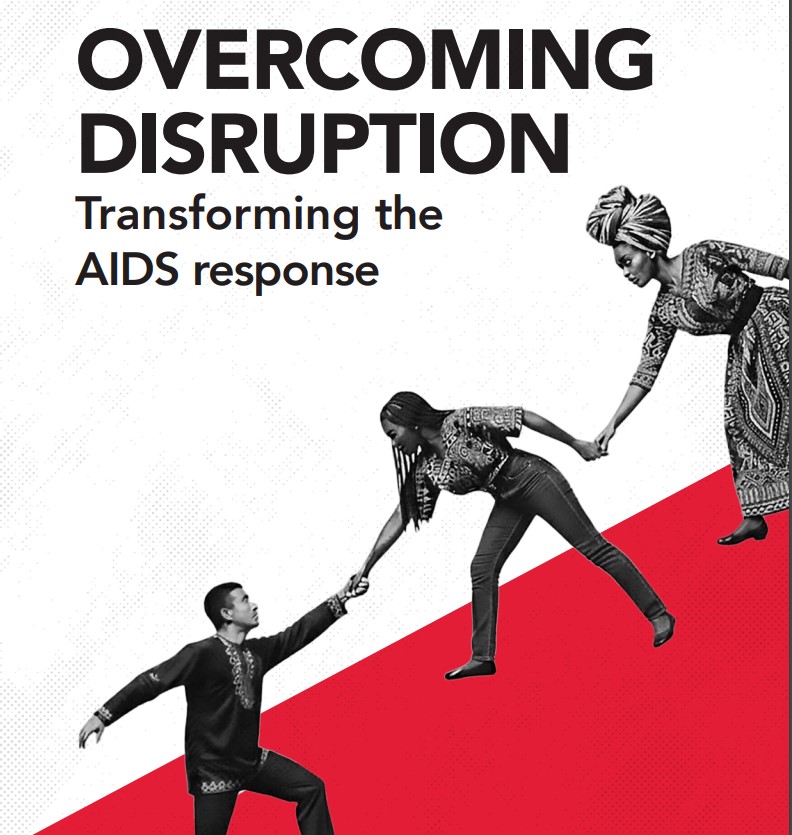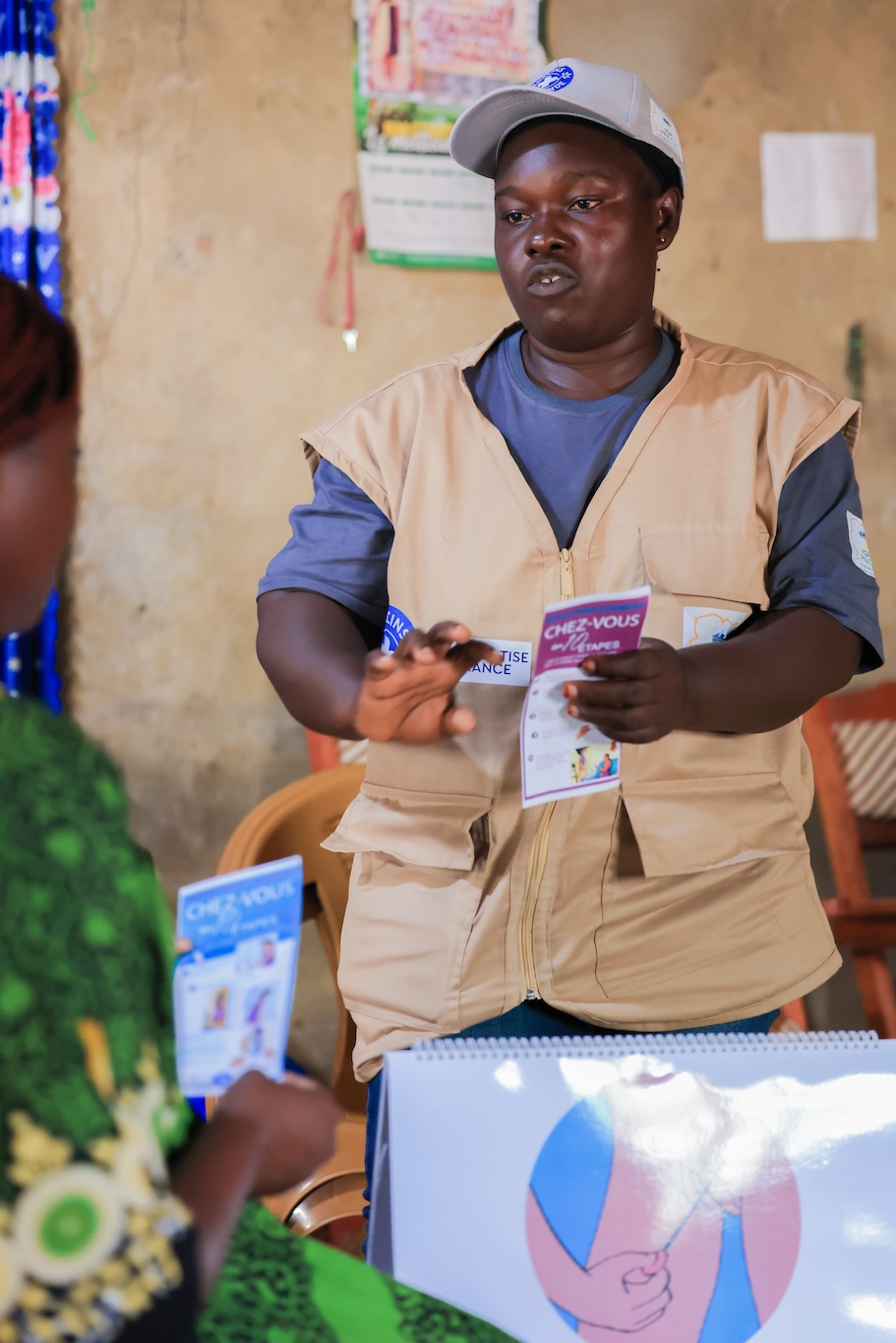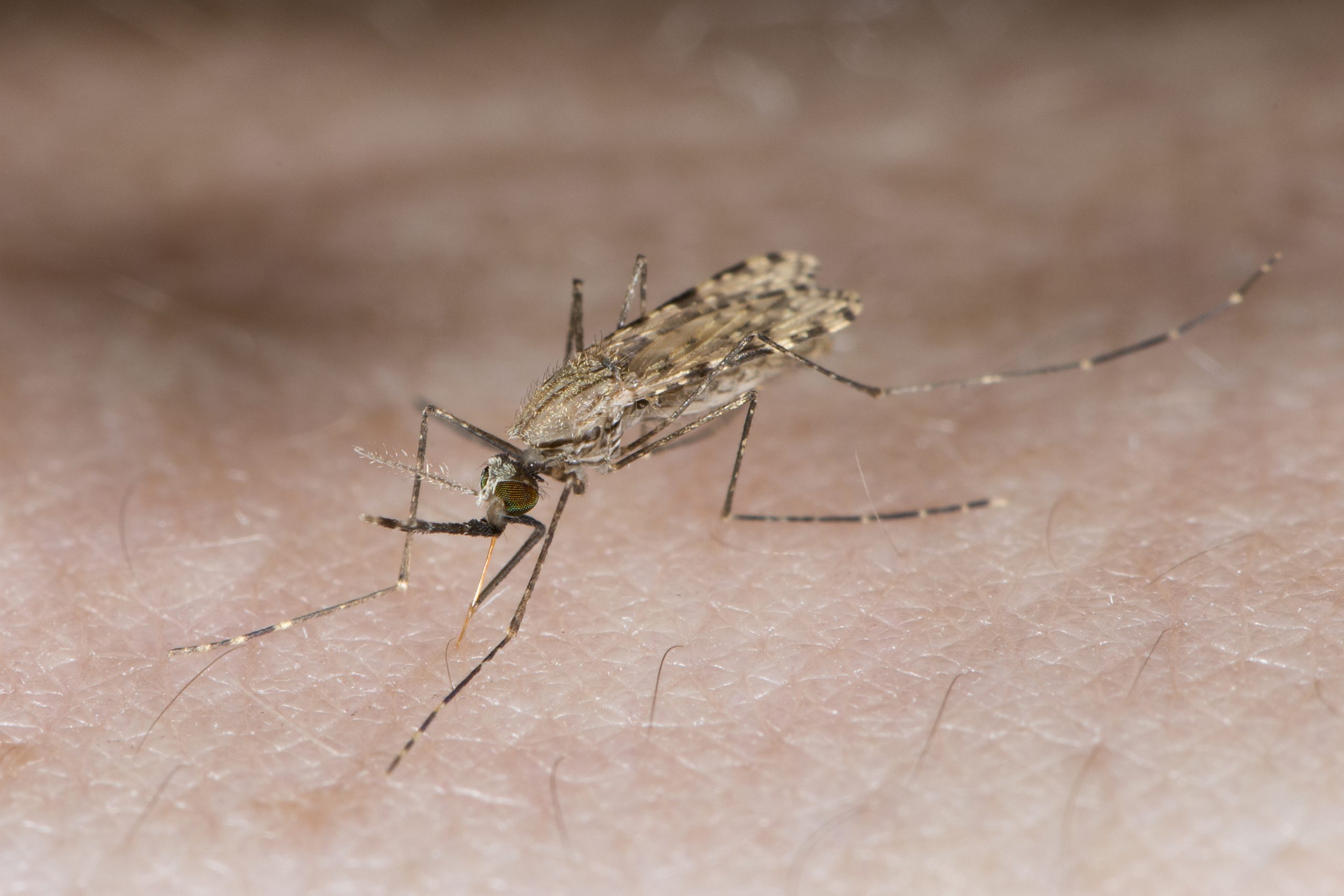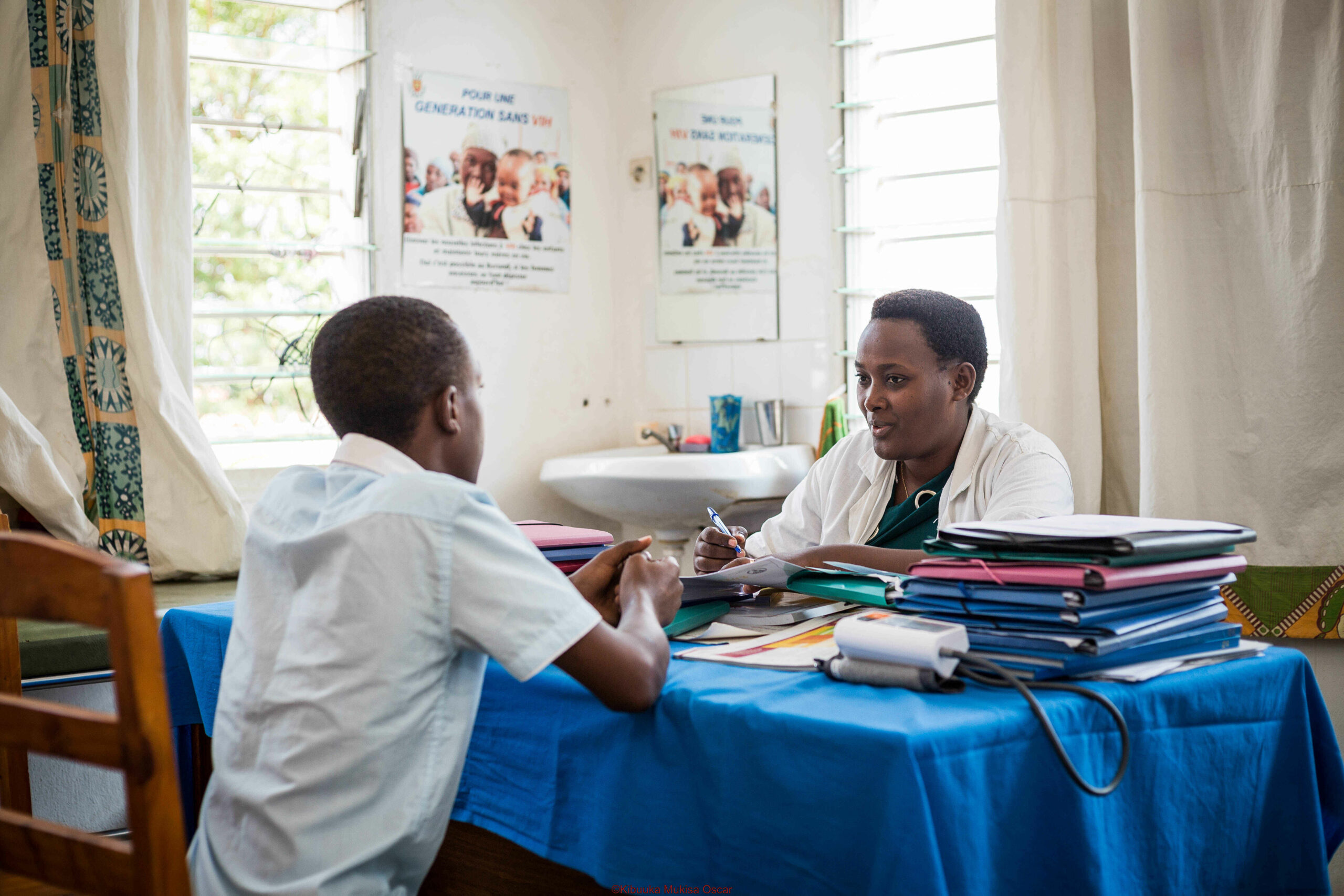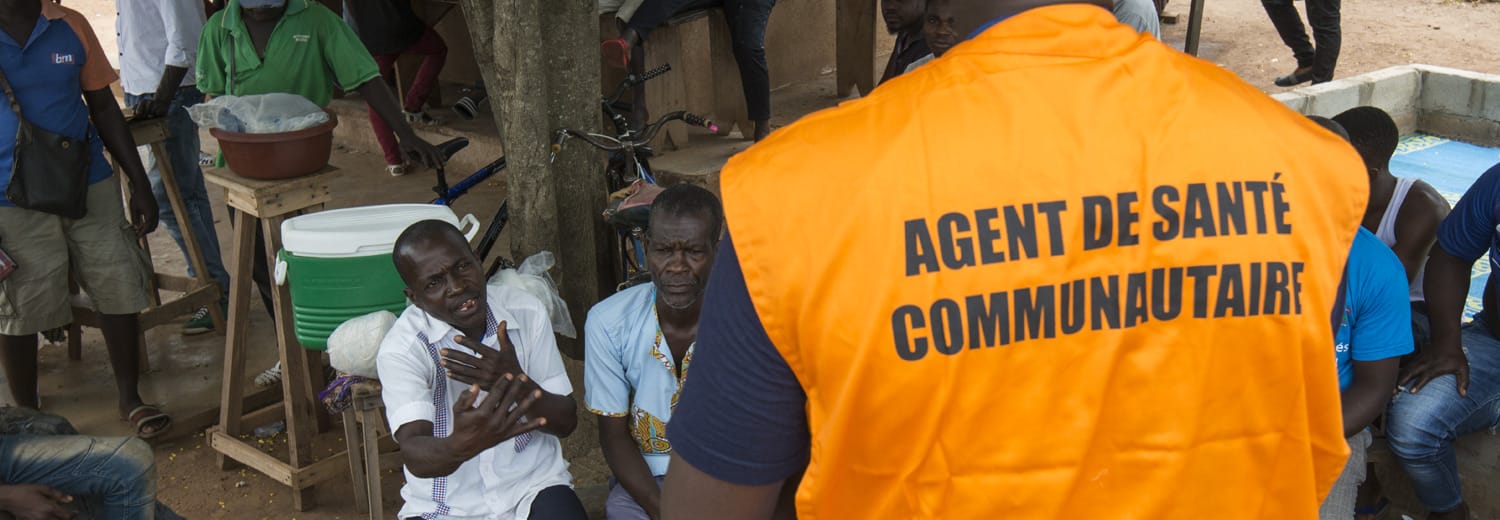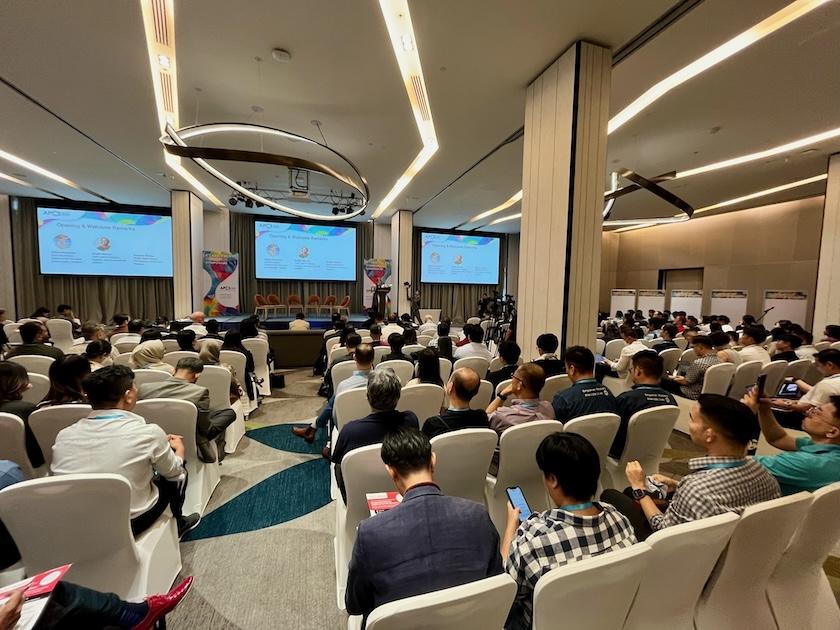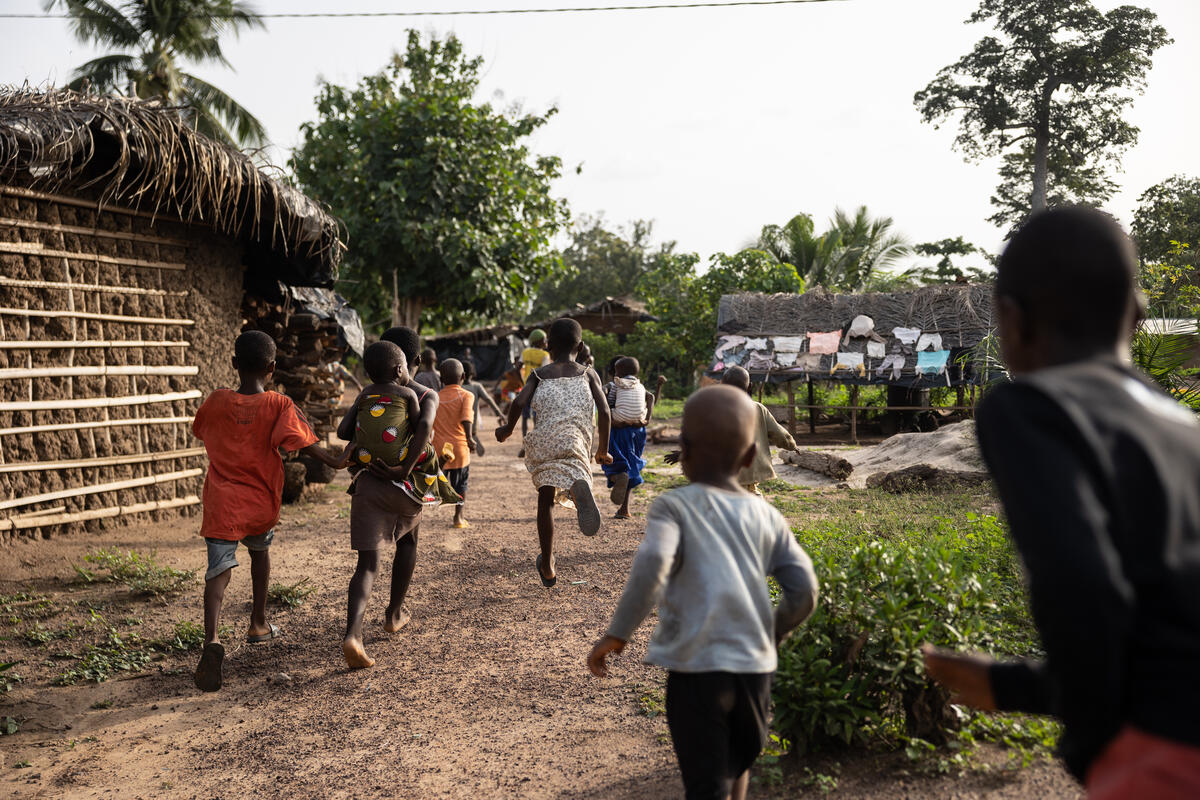World AIDS Day: UNAIDS warns of major risks to the global HIV response
Ahead of World AIDS Day on 1 December, UNAIDS releases its report Overcoming Disruption – Transforming the AIDS Response. The agency highlights the growing threats facing the HIV response, as well as strong signs of resilience driven by countries and communities.
The report published today by UNAIDS delivers a clear assessment: the HIV epidemic is not over, and the progress achieved in recent years is now under threat. In 2024, more than 9 million people living with HIV still lacked access to treatment, and 1.3 million new infections were recorded. The abrupt reductions in international assistance observed in 2025 have exacerbated vulnerabilities and jeopardized essential prevention, testing and community-based support services.
“The funding crisis has exposed the fragility of the progress we fought so hard to achieve,” warns Winnie Byanyima, Executive Director of UNAIDS. “Behind every data point in this report are people—babies and children missed for HIV screening or early HIV diagnosis, young women cut off from prevention support, and communities suddenly left without services and care. We cannot abandon them. We must overcome this disruption and transform the AIDS response.”
These funding cuts have hit prevention programmes particularly hard, especially those serving adolescent girls, young women, and key populations, as well as services led by community organisations, which play a central role in access to care. According to UNAIDS projections, maintaining current budget restrictions could lead to 1.4 million new HIV infections annually by 2030, undermining global targets.
Despite this challenging context, the report also identifies important signs of resilience: continuity of treatment in several countries, strong mobilisation of community-based organisations, national efforts to strengthen domestic resources, and renewed commitments from major donors, including the Global Fund and PEPFAR. Building on the new Global AIDS Strategy 2026-2031, which aims to ensure treatment access for 40 million people and enable 20 million to use an effective HIV prevention method by 2030, UNAIDS calls for renewed international solidarity to restore the trajectory toward ending AIDS as a public health threat.
Key findings from the report
- More than 9 million people living with HIV lacked access to treatment at the end of 2024.
- 1.3 million newly acquired HIV infections were recorded in 2024.
- Sharp reductions in international assistance in 2025 severely disrupted prevention and community-led services.
- Programmes most affected: adolescent girls and young women, key populations, community-led services.
- Projection: up to 1.4 million newly acquired HIV infections annually by 2030 if current funding levels persist.
- Significant resilience in several countries in maintaining treatment continuity.
- Decisive role of community-based organisations in ensuring access to essential services.
- UNAIDS calls for strengthened international solidarity to meet the 2030 targets.
In light of the risks clearly identified in the report, strengthening international commitments and ensuring sustained support for community-led actors are essential to preserve achievements and prevent a resurgence of the epidemic.
“This is our moment to choose,” Ms. Byanyima urged. “We can allow these shocks to undo decades of hard-won gains, or we can unite behind the shared vision of ending AIDS. Millions of lives depend on the choices we make today.”
L’Initiative reaffirms its commitment to working alongside partner countries and community-based actors to support sustainable responses, strengthen local capacities, and help maintain access to essential services in a global context marked by severe pressure on health systems.
Warn and adapt the response to HIV/AIDS
The international agency expert on HIV/AIDS highlights the growing threats facing the pandemic response, as well as strong signs of resilience driven by countries and communities.
